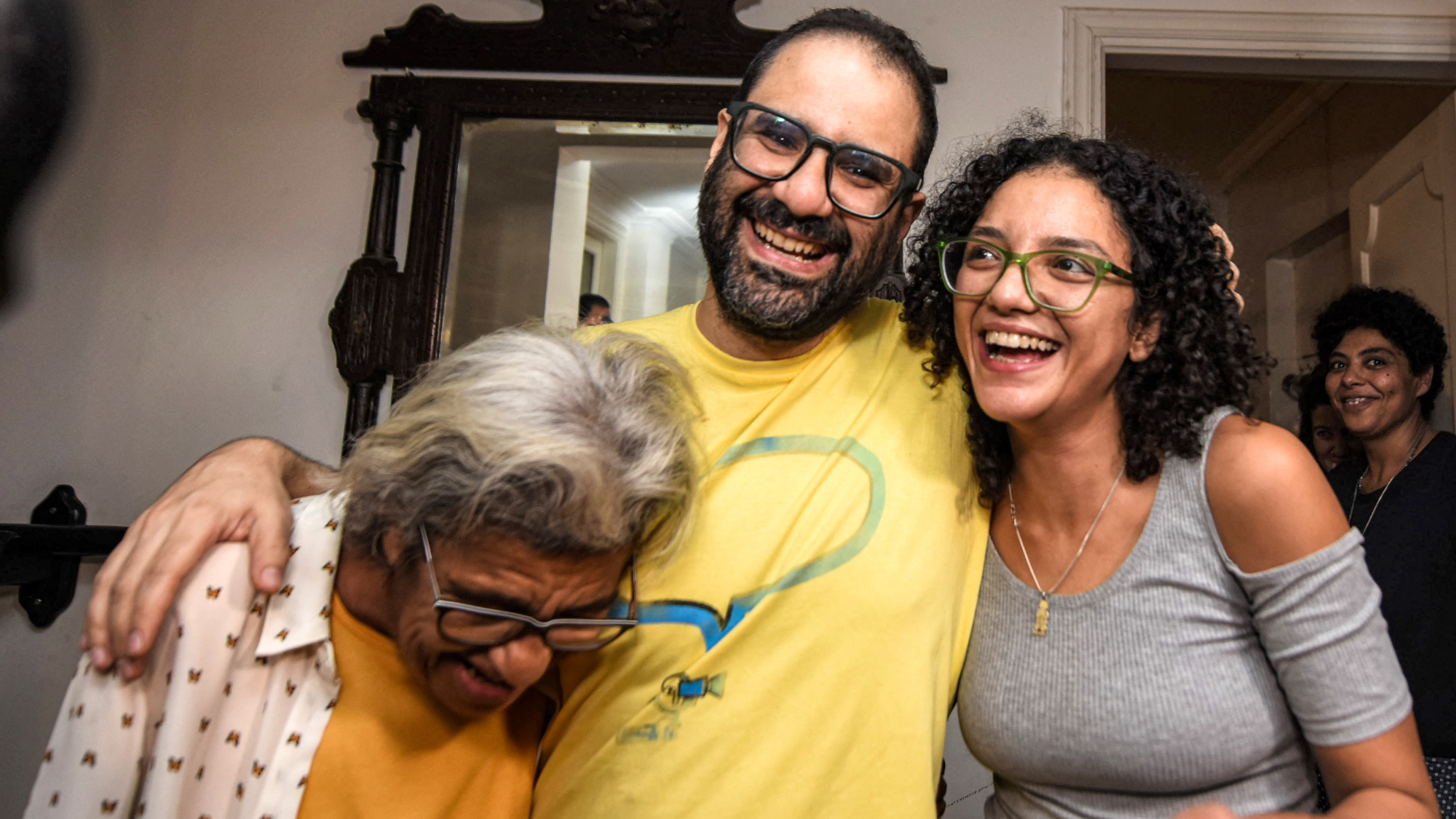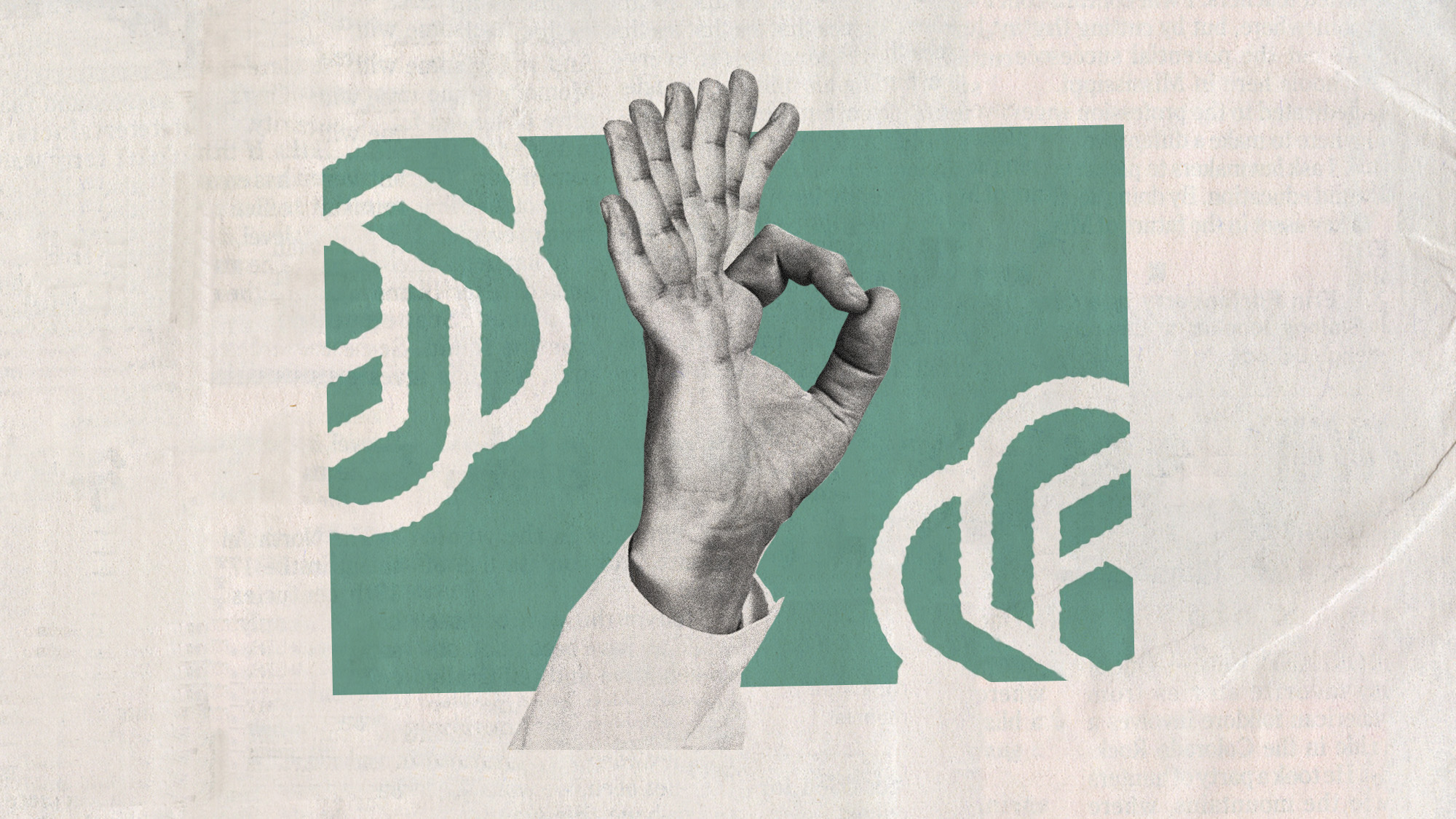Ukraine's disturbing 'Barbie flu' beauty trend
With the help of plastic surgery and extreme styling, women are proudly transforming themselves into living dolls


Barbie's body dimensions may be physically impossible for a human to achieve, but that isn't stopping a growing number of women in Ukraine from trying. After one Ukrainian woman gained international notoriety for her transformation into a "living doll," at least two more have surfaced as devotees of the beauty trend, nicknamed the "Barbie flu." Here, a guide to the disturbing and dangerous craze:
When did this trend start?
It seems to have been triggered by 21-year-old Valeriya Lukyanova, who made international headlines back in April for turning herself into a living Barbie with the help of plastic surgery, eyelash extensions, colored contact lenses, and styling. Her heavily exaggerated proportions — 34-inch bust, 18-inch waist, 34-inch hips — come pretty close to what a real-life Barbie's would be.
The Week
Escape your echo chamber. Get the facts behind the news, plus analysis from multiple perspectives.

Sign up for The Week's Free Newsletters
From our morning news briefing to a weekly Good News Newsletter, get the best of The Week delivered directly to your inbox.
From our morning news briefing to a weekly Good News Newsletter, get the best of The Week delivered directly to your inbox.
And more women are following suit?
There are at least two other Ukrainian women who are making the media rounds calling themselves living dolls. One of them, Olga Oleynik, who goes by Dominkia, is reportedly friends with Lukyanova (it's a small living-dolls world, after all) and the pair appear together in interviews. Dominkia has had breast augmentation to complement her doll-like look, which includes long hair, contact lenses, and heavy makeup. Unlike the other two, Anastasiya Shpagina, 19, who goes by Anime, claims she has not had plastic surgery, though she would like to one day. For now, her look is achieved only through styling and makeup as well as an extremely limited diet of just fruits and vegetables. Anime reportedly rises at 5 a.m. to complete her look — which includes fairy-like outfits, long purplish hair, and large raccoon-like eyes — before leaving for work.
Why do these women want to be dolls?
On the surface? Publicity. Anime, who is a hairdresser and makeup artist by trade, says her look may help gain clients and advance her career. Similarly, Lukyanova uses her internet popularity to promote the lectures she leads about, ironically enough, out-of-body experiences, for which she charges $80 per person. But look a little deeper, says Katya Soldak at Forbes, and this "Barbie doll syndrome," may more likely be "a struggle for perfection or escape from reality."
A free daily email with the biggest news stories of the day – and the best features from TheWeek.com
Have people outside Ukraine caught Barbie flu?
Not necessarily the same strain. But there are instances of other young women trying to achieve extreme and impossible standards of beauty. Britain's Sarah Burge, who has dubbed herself the "Human Barbie," has spent more than $800,000 on plastic surgery to transform into the eternally youthful toy. Fifteen-year-old Venus Palermo of London is so infatuated with ball-jointed dolls that she uses exhaustingly elaborate makeup techniques and styling to look just like them. And these kind of extreme transformations aren't just limited to women. American Justin Jedica, 32, has spent almost $100,000 on 90 plastic surgeries to achieve a "human Ken doll" look.
Lauren Hansen produces The Week’s podcasts and videos and edits the photo blog, Captured. She also manages the production of the magazine's iPad app. A graduate of Kenyon College and Northwestern University, she previously worked at the BBC and Frontline. She knows a thing or two about pretty pictures and cute puppies, both of which she tweets about @mylaurenhansen.
-
 Alaa Abd el-Fattah: should Egyptian dissident be stripped of UK citizenship?
Alaa Abd el-Fattah: should Egyptian dissident be stripped of UK citizenship?Today's Big Question Resurfaced social media posts appear to show the democracy activist calling for the killing of Zionists and police
-
 Biggest political break-ups and make-ups of 2025
Biggest political break-ups and make-ups of 2025The Explainer From Trump and Musk to the UK and the EU, Christmas wouldn’t be Christmas without a round-up of the year’s relationship drama
-
 Why 2025 was a pivotal year for AI
Why 2025 was a pivotal year for AITalking Point The ‘hype’ and ‘hopes’ around artificial intelligence are ‘like nothing the world has seen before’
